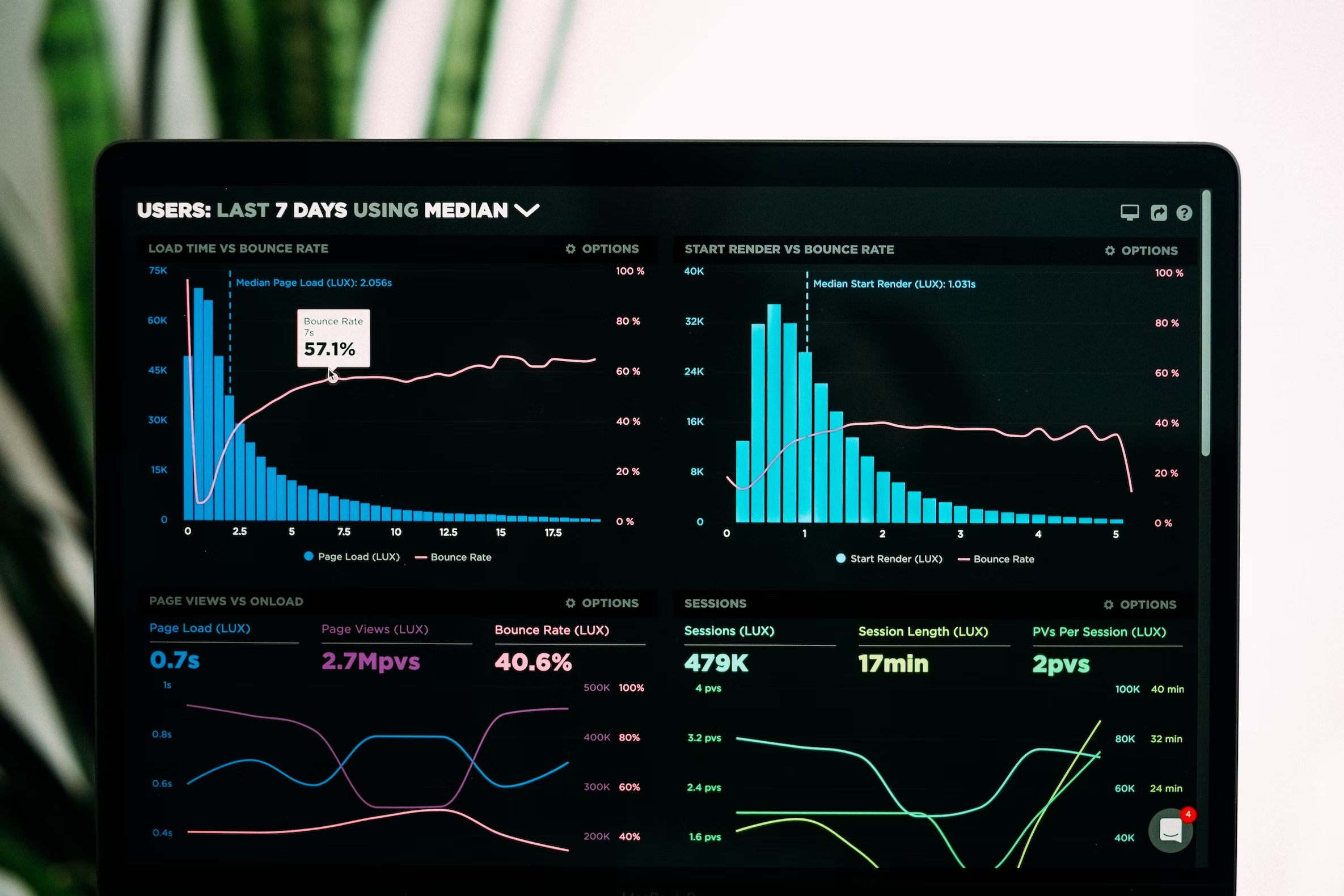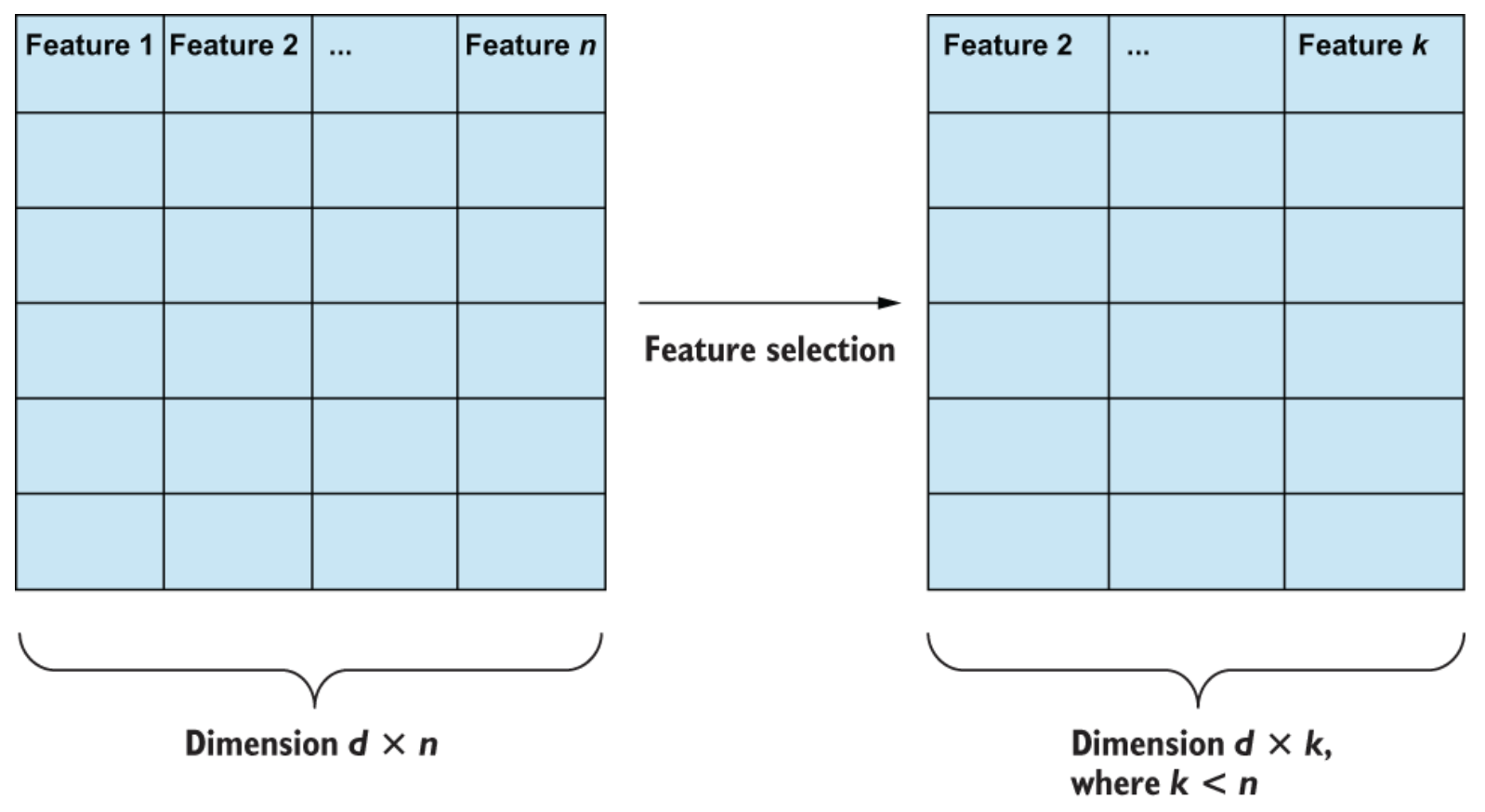Feature engineering
Developing Machine Learning Models for Production

Sinan Ozdemir
Data Scientist and Author
Introduction to feature engineering
- Transforming training data to maximize ML pipeline performance
- Reducing computation complexity
- Examples
- Aggregating data from multiple sources
- Constructing new features
- Applying feature transformations

1 https://www.manning.com/books/feature-engineering-bookcamp
Aggregating data from multiple sources
- Combining data from different datasets
- Using multiple types of data (e.g. numerical and categorical)
This helps by:
- Improving the accuracy of models
- Enabling the use of more complex models

Example of data aggregation
class DataAggregator:
def __init__(self):
pass
def fit(self, X, y=None):
return self # nothing to fit
def transform(self, X, y=None):
# Load data from multiple sources
data1 = pd.read_csv('data1.csv')
data2 = pd.read_csv('data2.csv')
data3 = pd.read_csv('data3.csv')
# Combine data from all sources (including X) into a single data frame
aggregated_data = pd.concat([X, data1, data2, data3], axis=0)
return aggregated_data # Return aggregated data
Feature construction
- Creating new features from existing ones
- Generating new features from pre-existing data
- Improving model performance
- Enhancing model interpretability
Example of feature construction
class FeatureConstructor:
def __init__(self):
pass
def fit(self, X, y=None):
return self
def transform(self, X, y=None):
# Calculate the mean of each column in the data
mean_values = X.mean()
# Create new features based on the mean values
X['mean_col1'] = X['col1'] - mean_values['col1']
X['mean_col2'] = X['col2'] - mean_values['col2']
return X # Return the augmented data set
Feature transformations
Transforming existing features in place
- Normalizing data distributions
- Removing outliers
- Improving model accuracy and performance
from sklearn.datasets import load_breast_cancer
from sklearn.linear_model import LogisticRegression
from sklearn.model_selection import train_test_split
from sklearn.preprocessing import StandardScaler
from sklearn.metrics import accuracy_score
data = load_breast_cancer() # Load dataset
X, y = data.data, data.target
model = LogisticRegression(random_state=42) # instantiate a model
# Split data into train and test sets
X_train, X_test, y_train, y_test = train_test_split(
X, y, test_size=0.3, random_state=42)
model.fit(X_train, y_train) # Fit logistic regression model without scaling
y_pred_no_scaling = model.predict(X_test)
acc_no_scaling = accuracy_score(y_test, y_pred_no_scaling)
scaler = StandardScaler()
X_train_scaled = scaler.fit_transform(X_train)
X_test_scaled = scaler.transform(X_test)
model.fit(X_train_scaled, y_train) # Fit logistic regression model with scaling
y_pred_with_scaling = model.predict(X_test_scaled)
acc_with_scaling = accuracy_score(y_test, y_pred_with_scaling)
# Compare accuracies of models with and without scaling
print(f"Accuracy without scaling: {acc_no_scaling}") # 0.971
print(f"Accuracy with scaling: {acc_with_scaling}") # 0.982
Feature selection
Selecting a subset of features from a larger set of features by removing redundant and irrelevant features
- Reduces overfitting
- Enhances model accuracy and performance
- Improves model interpretability

1 https://www.manning.com/books/feature-engineering-bookcamp
Example of feature engineering cont.
import pandas as pd
from sklearn.preprocessing import StandardScaler
from sklearn.feature_selection import SelectKBest, chi2
from sklearn.pipeline import Pipeline
pipeline = Pipeline([ # Define feature engineering pipeline
('aggregate', DataAggregator()), # Aggregate data from multiple sources
('construction', FeatureConstructor()), # Feature Construction
('scaler', StandardScaler()), # Feature Transformation
('select', SelectKBest(chi2, k=10)), # Feature Selection
])
X_transformed = pipeline.fit_transform(X) # Fit and transform data using pipeline
Learn more about feature engineering

Let's practice!
Developing Machine Learning Models for Production

